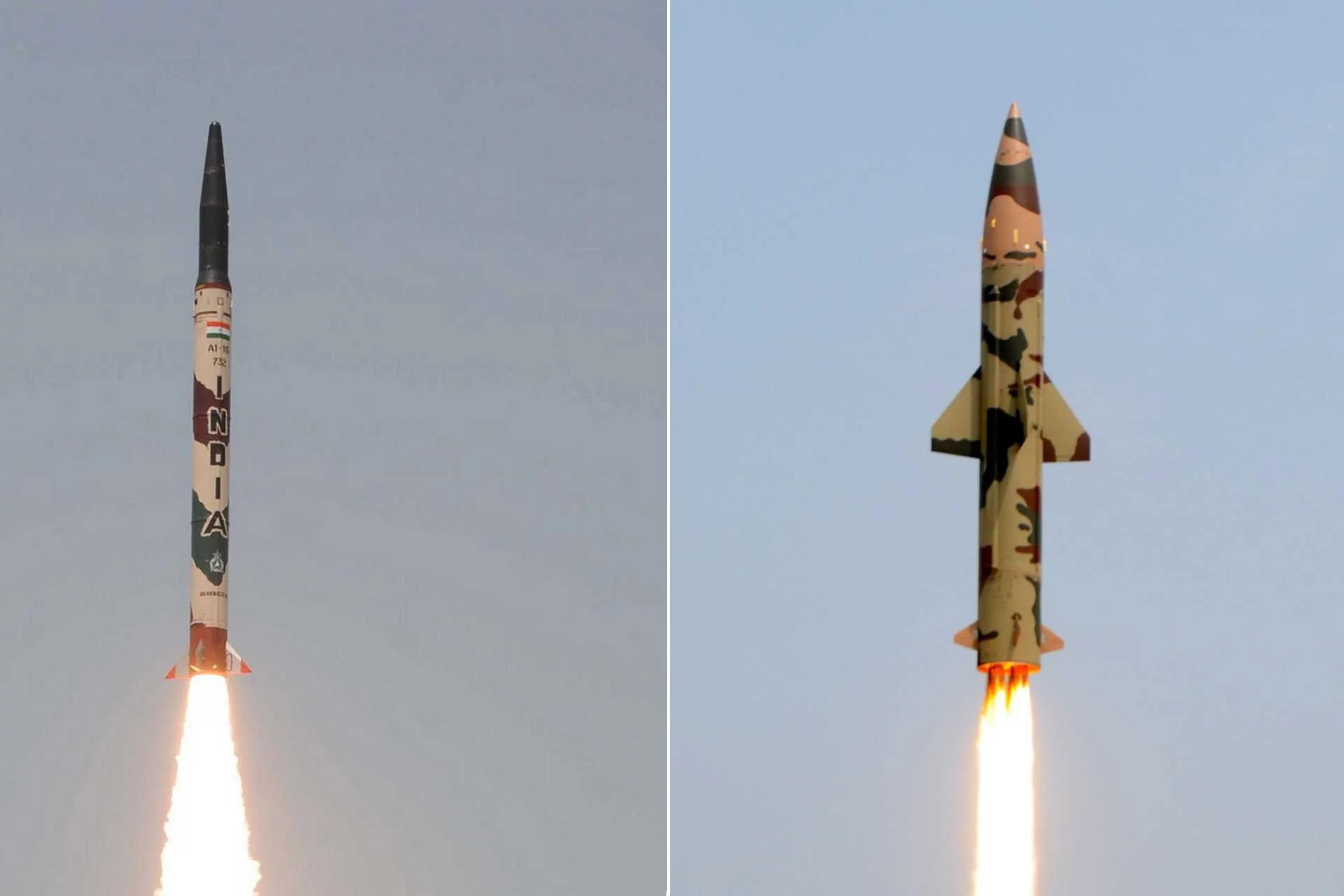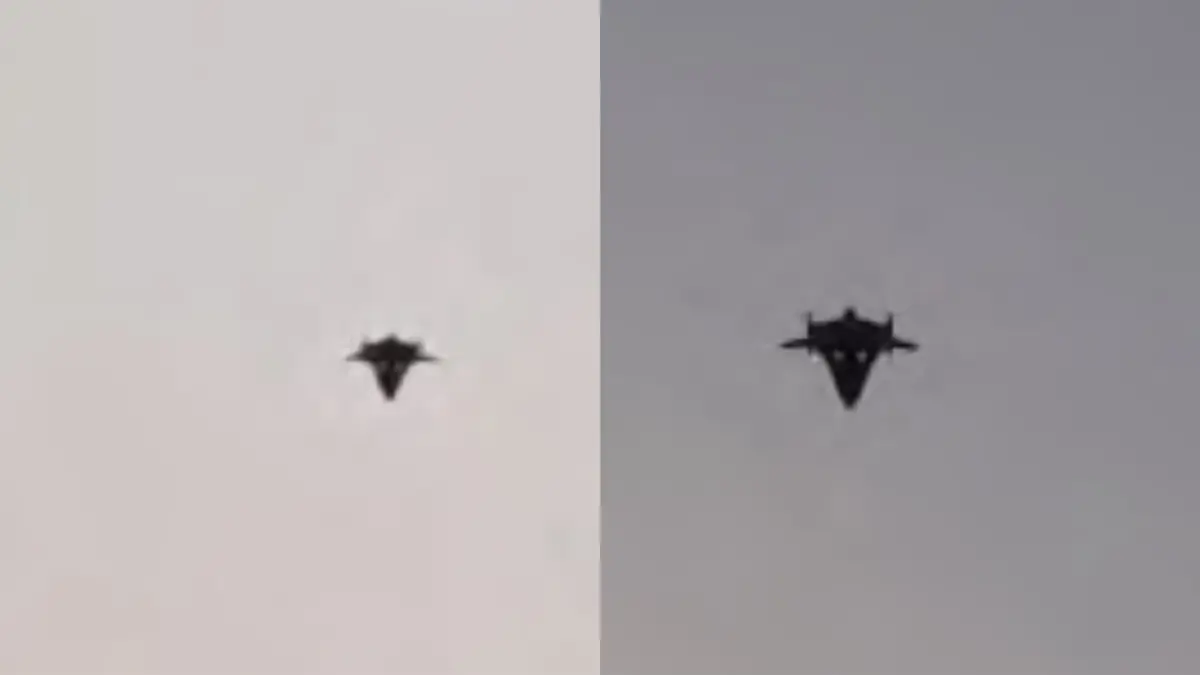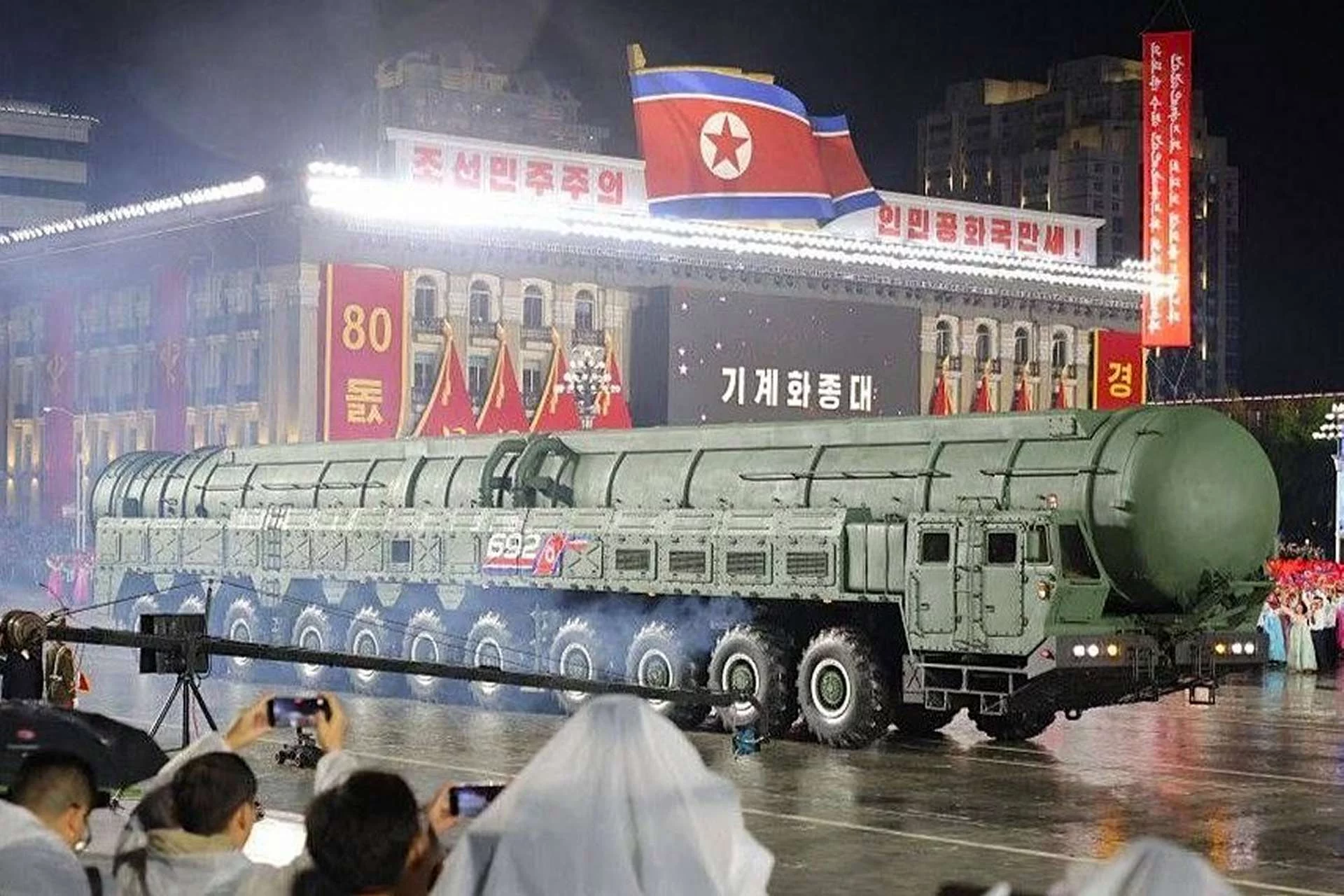India has conducted back-to-back test launches of two of its strategic nuclear-capable ballistic missiles—Prithvi-II and Agni-I—as part of a calibrated effort to reinforce its nuclear deterrence posture in a tense regional environment. These test firings were carried out under the command of India’s Strategic Forces Command (SFC), an elite branch of the Indian military specifically tasked with managing the country’s nuclear arsenal. The launches reportedly took place from two separate locations on the eastern coast of India, with Prithvi-II being fired from the Integrated Test Range (ITR) in Chandipur and Agni-I launched from a defense facility in Odisha.
Both missile tests were described by Indian defense officials as “routine user trials,” but their timing and coordination strongly suggest a deliberate message of strategic readiness and capability projection. According to sources within India’s Ministry of Defence, the tests were fully successful, with both missiles achieving their predetermined trajectories and hitting their respective target zones with high accuracy. Independent tracking systems, including naval surveillance assets and land-based radar units, confirmed the performance parameters of the launches.
The Prithvi-II missile, with a range of approximately 350 kilometers, is a short-range ballistic missile designed for quick deployment and tactical nuclear delivery. It is powered by liquid fuel and features advanced inertial navigation systems, allowing it to strike high-value targets with precision. The Agni-I, on the other hand, is a medium-range ballistic missile with a reach of up to 700 kilometers. It uses solid fuel, which reduces launch preparation time and enhances survivability in real-time conflict scenarios. The Agni series, particularly Agni-I, forms the backbone of India’s land-based nuclear deterrent, enabling it to maintain a second-strike capability under its official “No First Use” nuclear doctrine.
The dual test launches come amid rising strategic tensions in South Asia, with India actively modernizing its strategic arsenal to counter perceived threats from both China and Pakistan. By successfully demonstrating the operational readiness of its nuclear-capable missile systems, India is reaffirming its resolve to maintain a credible minimum deterrent and ensure its place in the region’s evolving balance of power. These demonstrations are also meant to signal to potential adversaries that India’s nuclear command-and-control architecture remains robust, flexible, and fully functional under varied operational conditions.
The Strategic Forces Command has been increasingly involved in regular validation trials of India’s missile inventory, suggesting a growing emphasis on real-world preparedness and systems integration. This includes testing not only the performance of the missile platforms themselves but also the supporting infrastructure, logistics, launch protocols, and post-launch command chains. According to defense analysts, this reflects a maturing nuclear doctrine where deterrence is based not just on possession of weapons, but on their operational viability under stress conditions.
It is worth noting that both Prithvi-II and Agni-I have undergone several upgrades over the years, with enhancements in their guidance systems, mobility platforms, and re-entry accuracy. These updates align with India’s broader aim of ensuring survivable, flexible, and responsive nuclear forces. The presence of mobile launchers, secure communication networks, and increasingly automated systems is enabling the Indian military to conduct surprise readiness drills and live launches with high precision and reduced human error.
While the Indian government officially maintains that these tests are not directed at any specific country, the regional implications are unmistakable. With China expanding its own missile arsenal and Pakistan continuing to develop tactical nuclear weapons, India’s message is one of preparedness and technological parity. The timing of the tests may also be intended to bolster internal political messaging around national security, especially as regional geopolitical pressures mount from ongoing border tensions and strategic alignments across Asia.
For the international community, such missile tests raise concerns about escalation, arms races, and the fragility of nuclear stability in South Asia. However, from India’s perspective, these tests are crucial steps in validating deterrence and maintaining strategic credibility in an increasingly complex threat environment. As rival nations enhance their missile capabilities and strengthen their own doctrines of nuclear delivery, India is making it clear that it intends to stay ahead technologically and strategically.
The successful launches of Prithvi-II and Agni-I serve as a reminder that India’s missile development program remains active, deliberate, and forward-looking. The integration of these systems within a well-organized command structure underscores India’s ambition to be seen not only as a regional power but also as a responsible nuclear state with reliable second-strike capabilities. With each test, India is refining its nuclear playbook and ensuring that its voice continues to be heard in the evolving landscape of global deterrence




